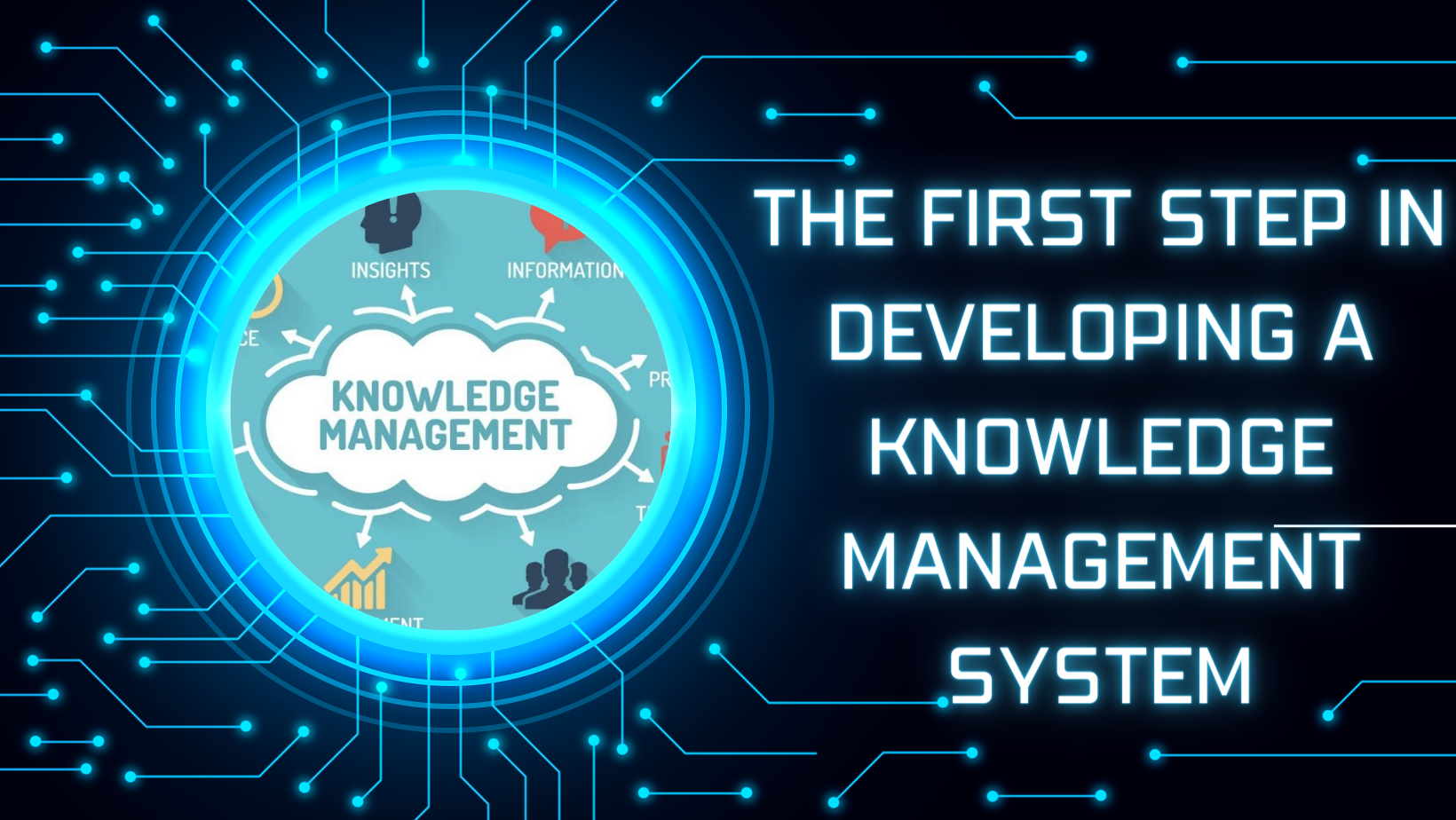Establishing the foundation of a knowledge management system begins by designing the organization and storage of company knowledge. This includes determining where new and existing information will reside, as well as its accessibility.
Effective knowledge management systems make it easier for employees to access accurate information quickly, thereby decreasing customer service AHT and increasing first call resolution rates while helping employees stay true to the mission and vision of their companies.
Collecting Knowledge
Knowledge management systems serve to create a central repository of information, making it easier for users to locate answers to their inquiries and reduce customer support costs while streamlining business processes. Employees also spend less time searching for info – leaving more time for tasks that advance organizational success.
Explicit knowledge refers to information that is clearly documented and easily recorded into databases, such as employee handbooks, policies and procedures documents or training manuals. While recording explicit knowledge may seem simple enough, its true value lies in how carefully collected and organized it must be.
Tacit knowledge refers to an implicit understanding of how something works that cannot be easily documented or expressed through writing. Tacit knowledge must be identified through observation, interviews or surveys and then recorded and included into a knowledge management system before sharing with others.
Implementing a knowledge management system requires the support of company leaders. They should champion this new process and encourage employees to participate. Furthermore, leaders must make sure the system is easy for employees to use and understand, and make sure employees know how to access it. A quality knowledge management system also includes tools which enable users to easily share their own content among themselves and with other users.
Analyzing Knowledge
Knowledge management systems enable employees to spend less time searching for information they need and more time working on projects that drive business expansion, leading to higher productivity, increased profitability, and an engaged and contented team.
Knowledge management strategies provide a one-stop shop for information. Teams across IT, HR, customer support, sales, marketing, legal, and other disciplines can use it as a clear, consistent place to locate information that they require. The best systems provide various functionalities tailored specifically for your organization’s needs such as document storage and retrieval capabilities and search capabilities in a secure environment.
Organizing knowledge can be a challenging endeavor, but taking the time to organize it correctly is crucial. Aiming for an orderly structure over chaos would be ideal, rather than creating an online library of ever-evolving wiki articles or databases with no organization at all.
Work together with your team to devise a structure that meets both the organization and your goals, then ensure everyone understands their responsibilities for contributing knowledge base content – this will help ensure knowledge remains up-to-date and useful for all stakeholders while cutting costs by eliminating redundant efforts or reinventing the wheel.
Organizing Knowledge
As your company starts collecting knowledge and building its knowledge management system, it is vital that it considers how the information will be organized for users. The best knowledge systems enable categorization into different sections with labels to quickly locate what employees need – this helps prevent confusion or mistakes and makes the system simpler for employees to navigate.
Step two is sharing this knowledge. An effective platform that integrates into other workplace tools like Slack or Trello allows employees to quickly access it from wherever they’re working without needing to go through a separate portal or search for it.
By keeping all this information together in one location, employees are able to save time searching for answers while decreasing chances of miscommunication and feeling more connected to their organization and its mission. In turn, this enables faster and more accurate answers for customer questions, leading them to improve customer service by providing faster answers faster.
Establishing an efficient process for sharing knowledge prevents employees from losing vital experiences from one employee to the next, while keeping everyone abreast of crucial changes within your company. Furthermore, such a program can assist employees in decreasing the time they spend searching for information, eliminating redundant work processes, and amplifying subject matter expertise, thus making them more productive overall.
Sharing Knowledge
Knowledge management systems should facilitate easy access to information. This includes explicit knowledge such as training manuals, standard operating procedures and process documentation as well as tacit knowledge such as how-to videos or user’s guides that convey specific step-by-step instructions. Ideally, knowledge management software would also detect outdated articles and update them quickly with current knowledge – this provides customers with greater assurance than file folders of documents which quickly become outdated and lead them down false trails.
Knowledge management systems that work must meet the needs of employees. Employees tend to value tools that facilitate better communication as most essential for an ideal work experience; make sure the ones you select meet this demand. Furthermore, good systems should enable in-depth analytics and feedback so you can gauge whether customers find content valuable or not.
Successful businesses employ an all-inclusive knowledge management approach. They develop, plan, and oversee all elements of the system – including its content – so it remains accessible at all times for employees. This requires having a clear vision for what you expect your system to achieve as well as creating a roadmap and conducting training sessions to equip employees with all of the tools needed for success.

